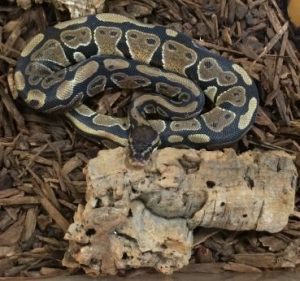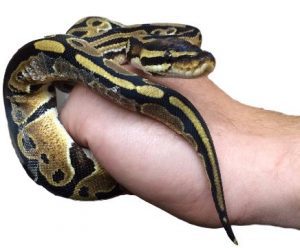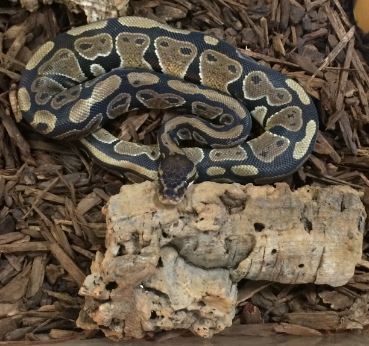Royal Python Care Guide – Is a Royal Python Right for you?
 Have you ever had a pet snake before? Well, how’s about extended the family tree with a Royal Python! Whether you are a new pet keeper or a current keeper of these unique household pets this guide will give you a head start. Ensure you look after your Python with care.
Have you ever had a pet snake before? Well, how’s about extended the family tree with a Royal Python! Whether you are a new pet keeper or a current keeper of these unique household pets this guide will give you a head start. Ensure you look after your Python with care.
Did you know?
Royal Pythons are one of the smallest species of Python reaching around 3- 4 feet long. There are around 26 species of Python. Pythons are known as constrictors meaning they have the ability to tightly grip around their prey until they suffocate. These reptile snakes have an average lifespan of 30 years however, they can live longer providing that they are properly cared for.
What else?
The shedding process! Pythons shed their skin approximately every 4-6 weeks. What are the signs? Their eyes begin to appear cloudy and skin becomes dull in colour. Tree branches and vivarium decor is ideal for your snake to rub against to help the process.
How to handle your Royal Python?
Royal Pythons are known to be docile (accept control) snakes making them an ideal family pet. These snakes are  not venomous (don’t secrete a venom substance through biting) nor tend to be aggressive. That being stated, it is still important to correctly handle your Python. Use two hands to gently lift your snake up to fully support their body. As long as you do this correctly your Python will feel comfortable to move around from hand to hand or arm. If feeling threatened, Royal Pythons will curl up into a ball hence the name given to them, ‘Ball Python!’
not venomous (don’t secrete a venom substance through biting) nor tend to be aggressive. That being stated, it is still important to correctly handle your Python. Use two hands to gently lift your snake up to fully support their body. As long as you do this correctly your Python will feel comfortable to move around from hand to hand or arm. If feeling threatened, Royal Pythons will curl up into a ball hence the name given to them, ‘Ball Python!’
Where should your Royal Python live?
Royal Pythons originate from Africa home to the dry grasses of the Savanna desert. Like many captive reptiles, Pythons live in an enclosed cage known as a vivarium. These snakes are known to hide under rocks or in rocky dark crevices so ensure your enclosure has an appropriate hideaway. Pythons will enjoy climbing up and around vivarium decor. Substrate? Use a suitable snake bedding to layer the base of the vivarium. Ensure your vivarium is secure and shut, snakes are known to be very strong! They have the ability to push a loosely fitted lid! These snakes require a warm and humid environment!
A hygrometer (to check the levels of humidity) and a thermometer (to check the temperature levels) should be within the enclosure and regularly checked at interval times during the day. A heat/light source should be available within the enclosure.
Humidity level: A level of around 50-60%
Temperature level: 80° – 90° Fahrenheit
What should your Royal Python eat?
Pythons are carnivores meaning their diet must consist of meat. In the wild, Pythons will consume small mammals and other reptiles. In captivity, these snakes will eat live or defrosted rodents such as mice, rats and hamsters. Snakes will need feeding once a week. Young snakes will feed on smaller rodents. Snakes will drink on a regular basis and like to bathe so ensure you provide a water bowl that is changed frequently. It is completely normal for your snake to stop eating for a period of time- this usually occurs in the winter season and when shedding its skin!
You can get your frozen livestock in our store now!
Join the social community and stay social with Pet Goods Online on Facebook, Twitter, Instagram.





